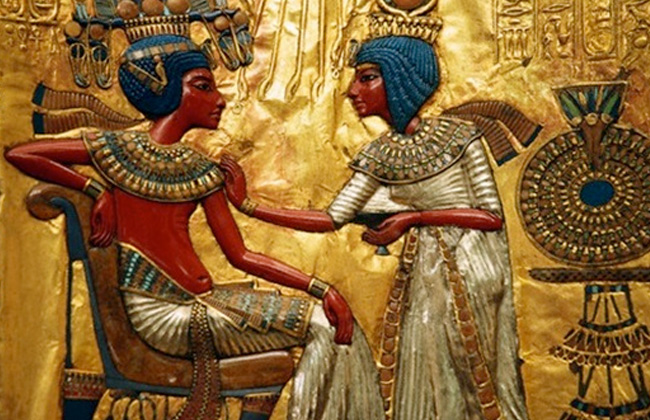Your cart is currently empty!
Myths and Folklore in Ancient Egypt
Egyptian mythology, folklore, ancient Egypt, Egyptian gods, pharaohs, Egyptian culture. Introduction Myths are an essential part of ancient Egyptian culture, forming a profound understanding that links humans, the gods, and the universe. Through these myths, the ancient Egyptians sought to explain natural phenomena, everyday events, and even death and the afterlife. Egyptian folklore was intertwined…

Egyptian mythology, folklore, ancient Egypt, Egyptian gods, pharaohs, Egyptian culture.
Introduction
Myths are an essential part of ancient Egyptian culture, forming a profound understanding that links humans, the gods, and the universe. Through these myths, the ancient Egyptians sought to explain natural phenomena, everyday events, and even death and the afterlife. Egyptian folklore was intertwined with myths that inspired the pharaohs to build their great civilization and enriched popular folklore throughout the ages. In this article, we take you on a journey through time to explore the most famous myths and folklore of ancient Egypt.
Ancient Egyptian Myths
One of the most famous ancient Egyptian myths is the creation myth. The Egyptians believed that the universe began from the dark waters of Nunu, which represented chaos. Then, the god Amun (or Ra in some texts) appeared, illuminating the universe and creating the earth, sky, and living beings. The myth tells of Amun creating himself through words or thought.
The Myth of Isis and Osiris is one of the most famous Egyptian myths, depicting the struggle between good and evil. According to the myth, the god Osiris was king of the earth but was killed by his evil brother, Set, who cut his body into pieces. His wife, Isis, with the help of her sister, Nephthys, reunited his body parts to revive him. This myth represents rebirth and immortality after death.
The Myth of Ra and the Sunbeam: The god Ra represented the sun and life in ancient Egypt. According to the myth, Ra shone in the sky daily in a constant battle with the forces of darkness that tried to extinguish his light. This myth embodies the cycle of life and death and the renewal of hope with each sunrise.
Egyptian Folklore in the Shadow of Myths
Egyptian folklore continues to be heavily influenced by ancient myths, recounting many stories and tales dating back to that era. These stories were passed down orally from generation to generation, carrying with them values and beliefs prevalent in ancient Egyptian society.
Djinns and Goblins: Ancient Egyptian folklore included strange creatures such as jinn and goblins. The ancient Egyptians believed that certain places might be inhabited by these mythical beings who controlled certain events. They also believed that evil spirits could influence their daily lives.
Symbols and Myths: Many of the symbols used by Egyptians in folklore had mythological roots. For example, the Ankh statue symbolized eternal life, while the Eye of Horus symbolized protection against evil.
The Influence of Myths on Arts and Architecture
Ancient Egyptian myths played a significant role in the development of arts and architecture. Many Egyptian temples, such as the Temple of Karnak, were built and decorated based on myths. Statues of deities were also carved to embody mythological stories, and these symbols were used in the daily lives of Egyptians to ensure protection and blessings.
Myths in Modern Egyptian Literature
Ancient Egyptian myths did not end with the end of the pharaohs; they continue to influence Egyptian literature and art to this day. Ancient myths continue to inspire writers and artists, through their reinterpretation or embodiment in literary and artistic works.
Conclusion
Myths and folklore in ancient Egypt remain an integral part of the cultural identity of the Egyptians, as these myths carry much wisdom and symbolism that represents the essence of Egyptian civilization. By understanding these myths, we can gain deeper insights into how the ancient Egyptians viewed the world around them and how this influenced the construction of their great civilization.
Share with
/




Leave a Reply